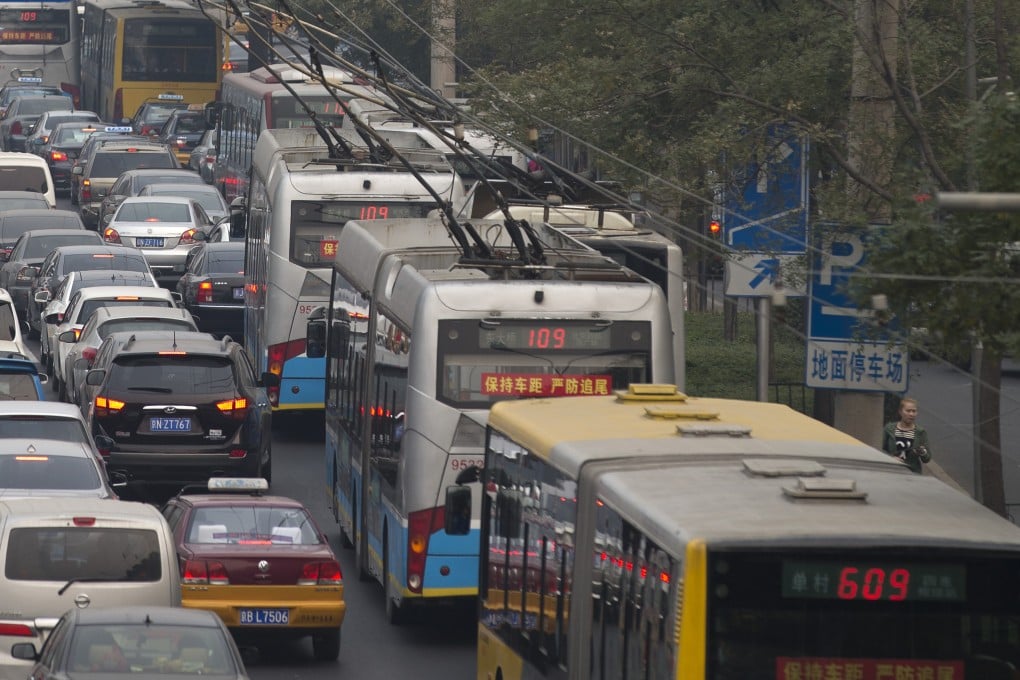Smog blamed as girl, 8, becomes youngest lung cancer patient
An eight-year-old girl has become the mainland's youngest lung cancer patient, with her illness blamed directly on environment factors. The girl from Jiangsu lived by a busy road where she inhaled all kinds of dust and particles, China News Service cited Dr Feng Dongjie of Jiangsu Cancer Hospital as saying.

An eight-year-old girl has become the mainland's youngest lung cancer patient, with her illness blamed directly on environment factors.

The country's breakneck urbanisation and industrialisation has created some of the world's worst urban pollution, which is blamed for soaring rates of cancer and respiratory diseases.
In Beijing, which has suffered frequent, severe smog in recent years, deaths from lung cancer rose by 56 per cent from 2001 to 2010. A fifth of all cancer patients suffer lung cancer, figures from the Beijing Health Bureau show. It became the leading cause of cancer deaths among men in the capital and the second-biggest among women, after breast cancer, in 2010.
The World Health Organisation's "2010 Global Burden of Disease" study found that air pollution accounted for 1.2 million premature deaths worldwide in 2010, including 140,000 deaths from lung cancer.
Last month the WHO's International Agency for Research on Cancer said that air pollution from traffic and industrial fumes caused lung cancer and was also linked to bladder cancer.